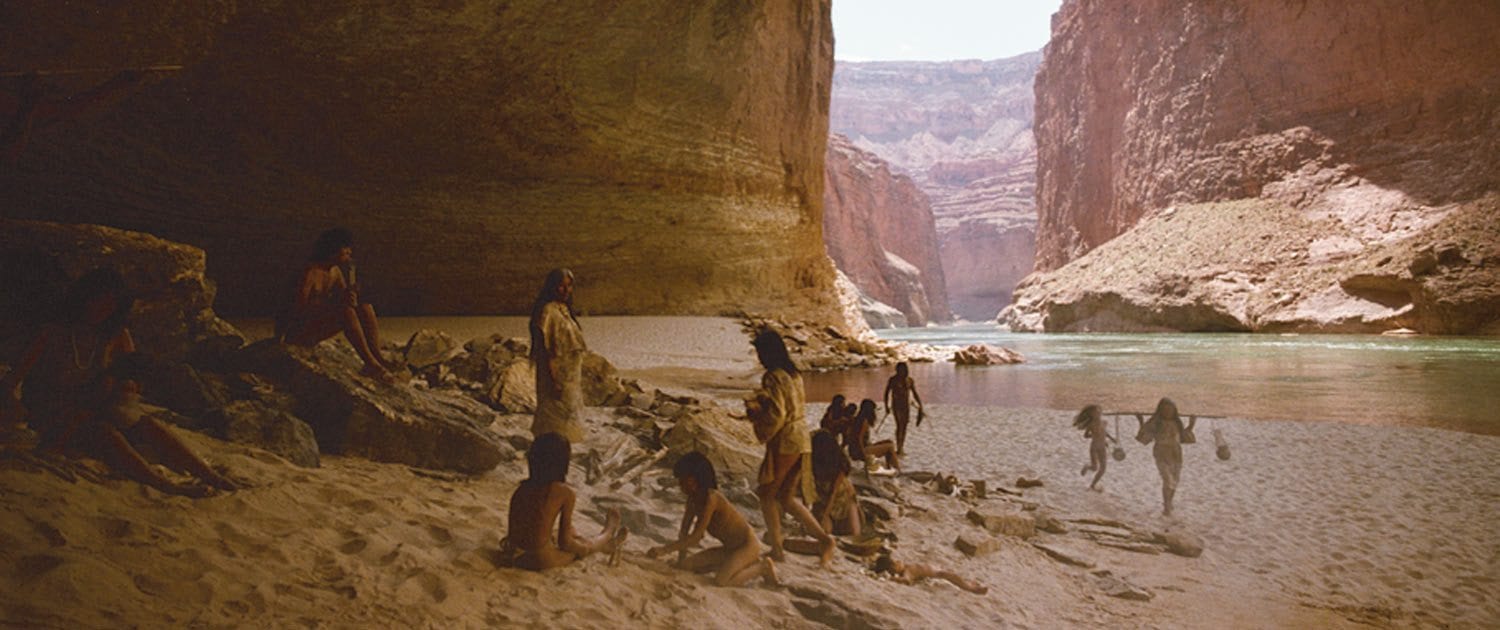About Grand Canyon History & Culture
As well as being one of the World’s Greatest Wonders, The Grand Canyon has a vast amount of historical and economic information which is available to visitors of The Visitor Center. Our specialty tours of the Grand Canyon can help you see every aspect of this Natural wonder – from the administrative history to the diverse historical cultural experiences throughout time while enjoying your Grand Canyon Vacation.
Ways to See the History & Culture of the Grand Canyon
- Grand Canyon guided hiking tours can show visitors archaeological finds and old tribal civilization areas.
- Railway tours can provide a splendid way to enjoy the Grand Canyon without taking too much time out of your vacation time.
- Aerial Tours can point out incredible views from above ground.
- ·Visit the Bookstores and Shops to find educational material about the history of the Grand Canyon.
- Visit the Old Historical Buildings to learn more about the history.
- Visit the Hopi House and learn about Traditional Native Arts and Crafts.
- Talk to the Rangers and the Tour Guides who have extensive knowledge about the thousands of years of history.
About the Grand Canyon – Administrative History
Starting from the political and economic challenges before achieving National Park status to present day, visitors are shown the Administrative History of the Grand Canyon National Park. Given Federal protection in 1893, and then later introduced as a National Monument, most visitors were not aware that until 1919, The Grand Canyon was not a National Park.
- Fact: The Grand Canyon became a National Park three years after the National Park service was created.
Archaeological History
Archaeological History is available to visitors as well.
The oldest human artifacts, dating over 12,000 years old, from the Paleo-Indian period were found in the Grand Canyon – and with the continuous use of the park and habitation of civilization since that time – there are amazing historical finds available for visitors on a Grand Canyon trip to observe.
- The park has recorded over 4,300 archaeological resources with an intensive survey of over 5% of the park area.
- Many of the parks 11 Traditionally Associated Tribes and historic ethnic groups consider the management of the archaeological resources as preservation to their heritage and history.
- Check the museums and visitor centers for displays and information about the artifacts.
Native Tribes that History Occupied the Grand Canyon
Historic Indian and ethnic groups included in the findings of archaeological remains found in the Grand Canyon National Park include:
- Paleo-Indian
- Archaic
- Basketmaker
- Ancestral Puebloan (Kayenta and Virgin Branches)
- Cohonina
- Cerbat
- Pai
- Southern Paiute
- Zuni
- Hopi
- Navajo
- Euro-American
Learning about the tribes can become a major focus for your Grand Canyon adventure and even more information about the tribes and excavations can be found throughout the Visitor Center, along with many of the guided tours available from the Visitor Center.
- During many excavations, items from various tribes were found, and guests of the Visitor Center have an opportunity to learn about the artifacts, known tribal customs and uses of the artifacts that are now known and understood through advanced study.
Learn More History of the Grand Canyon
Imagine yourself thousands of years in the past as you view the items through pictures or displays and discover how the Colorado River shaped the way human beings survived and flourished within the boundaries of the Grand Canyon.
- Take one of the Grand Canyon River Rafting tours to experience the excitement and adventure for yourself.
- Learn about the flora and fauna that inhabits the Grand Canyon – and those that have survived the constant change of the water levels or absence.
- Take a guided walking tour that will point out each species of plant and explain the various stages of history found within the National Park.
- Learn how Native Tribes survived the climate and terrain using the plants and animals of the area.
- Pick up a book about the history in one of the many bookstores.
- View the historical documentation of those changes and learn how everything surrounding the Grand Canyon has been completely affected by the seasonal changes and the amazing Colorado River.
- One of the Canyon’s most famous experiences is the mule ride through the Canyon itself – with a trained guide providing historical information to our visitors.
- Book Tours with the Visitor Center to learn more about the natural and archaeological history of the Grand Canyon.
- Our tours explore the Indian cultures, history of the pioneers and will show off the geological history of the Grand Canyon, affording some of the most beautiful and awe inspiring views available – complete with knowledgeable tour guides.
You choose your type of experience – we provide it.

